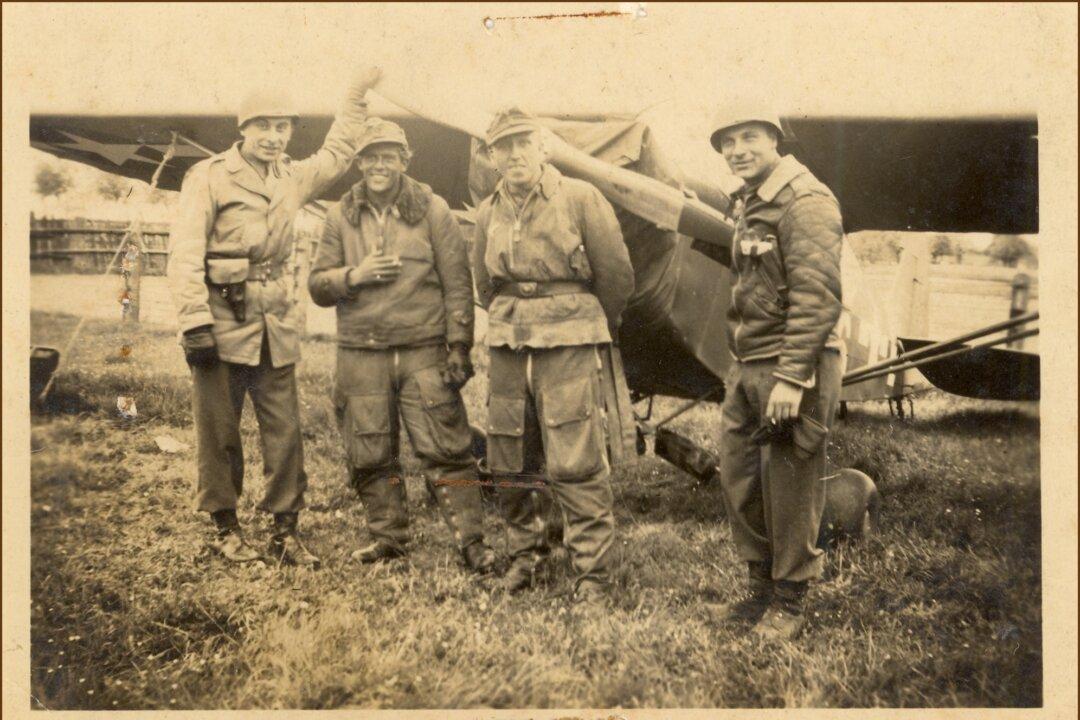Back in the early days of consumer photography, cameras came from the factory with a roll of film sealed inside of them. When someone finished shooting the roll, he had to mail the entire camera to Kodak in Rochester, New York, where the film would be developed, the photos printed, and a new roll of film installed in the camera.
The entire operation would be mailed back to the consumer, and the process would repeat. It was painfully slow. As technology developed (no pun intended), cameras and film were sold separately, but amateur photographers still had to wait a week to see their pictures.






